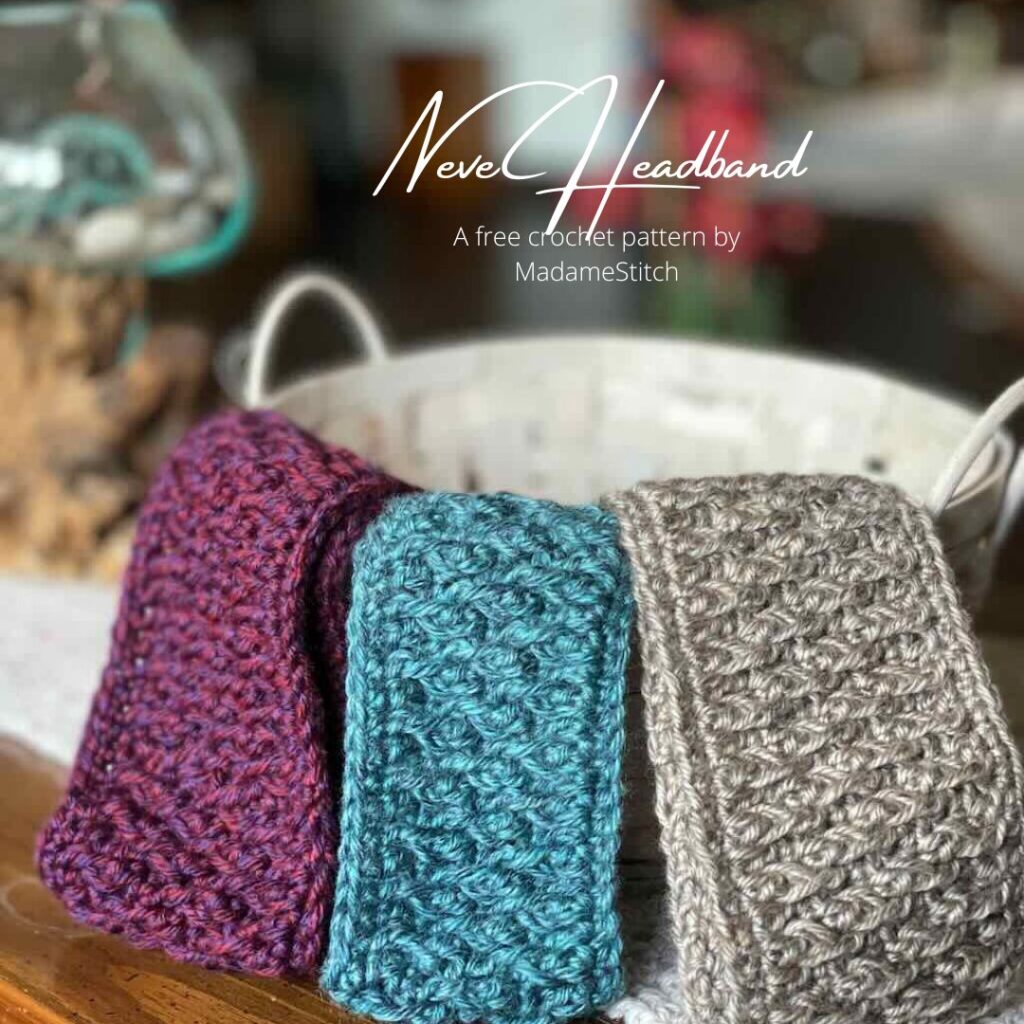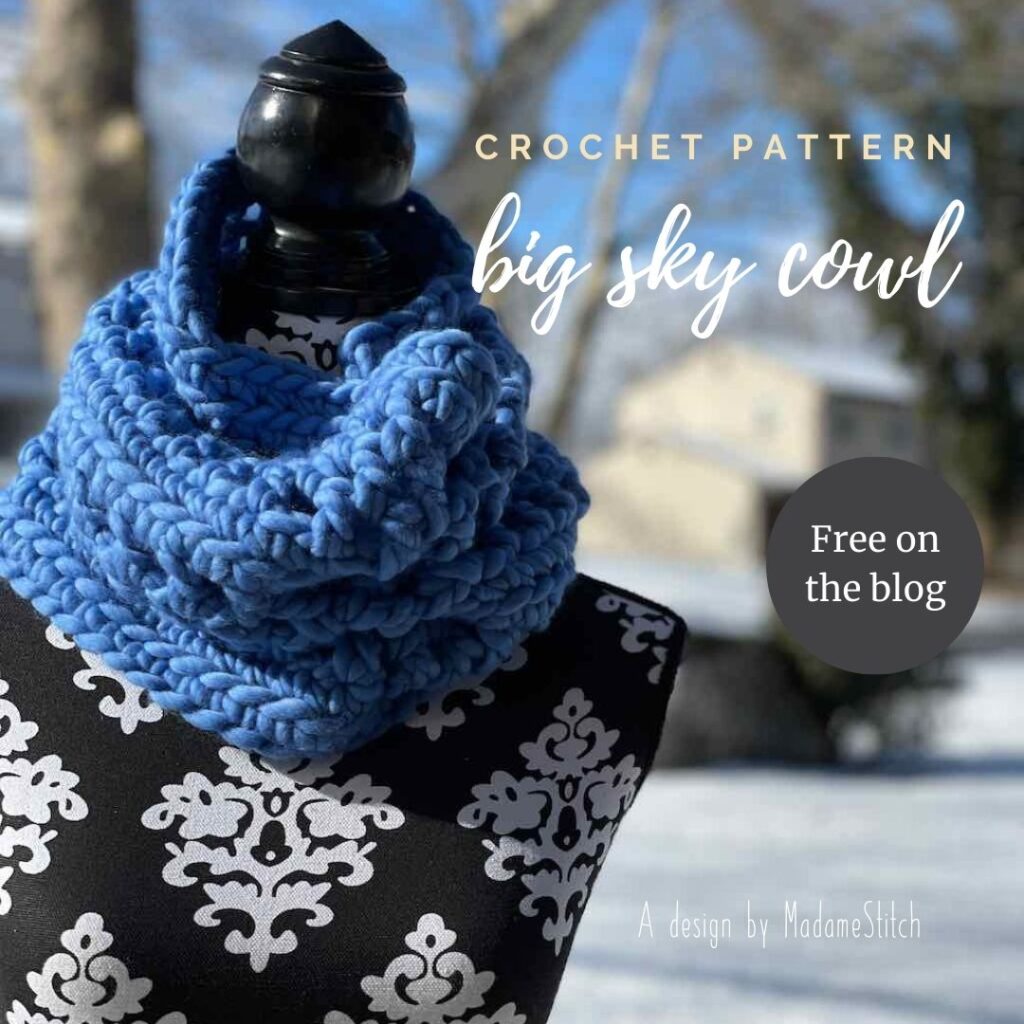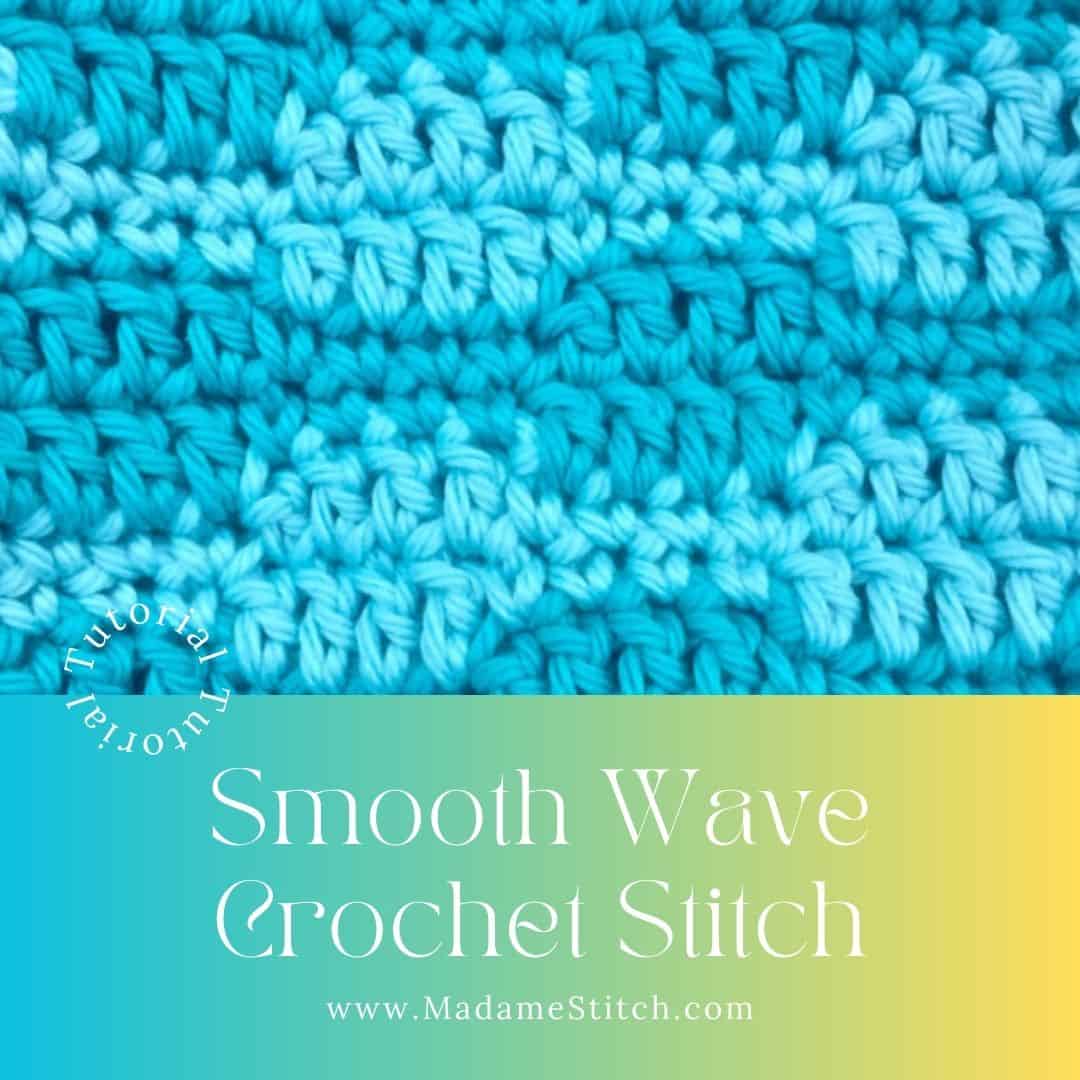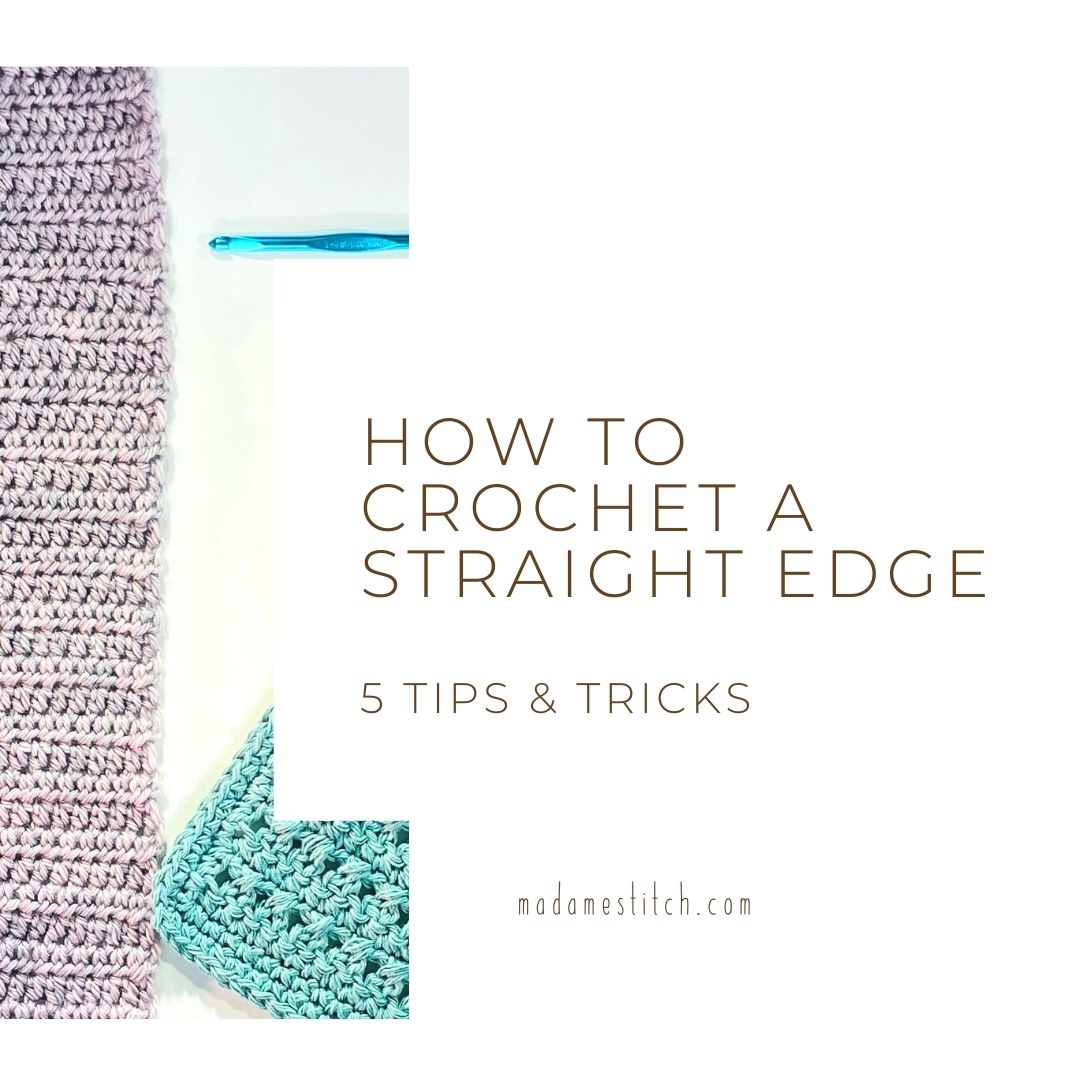Understanding yarn weights: A comprehensive guide
Confused about yarn weights? Don’t worry, you’re not alone! This guide explains the differences between the most common weights and offers tips for choosing the right one for your next crochet project.
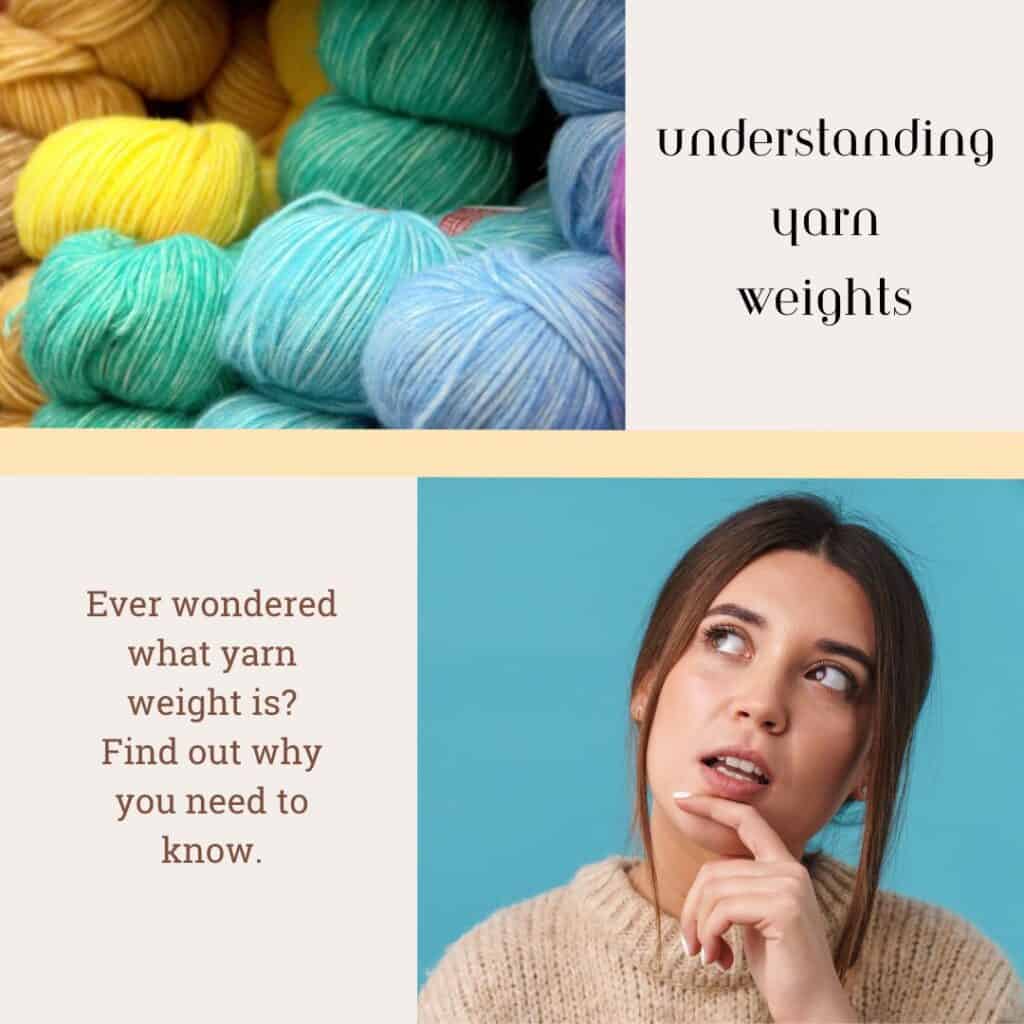
As crocheters, we need to fill our crochet toolboxes with all the information that will help us be successful every time we pick up a hook. It seems like there’s so much to know. I’m here to help!
Have you ever wondered about yarn weights? Why do you even need to know about yarn weights? And, what do all those symbols and names mean?
If you’re confused about all that, have no fear, my crochet friend! In this article, I’ll give you the 411 on understanding yarn weights and hopefully make it easier when you have to choose yarn for your next crochet project.
Understanding Yarn Weights
What are yarn weights?
The short answer: A yarn weight is the thickness of the yarn or the diameter of a strand. It has nothing to do with the actual weight of the yarn – you can’t find out the weight by using your kitchen scale.
It has everything to do with how thick or thin a yarn is. The higher the number, the thicker and heavier the yarn. The lower the number, the thinner and lighter the yarn. We’ll talk about the numbers a bit later.
To understand the difference in yarn weights, you should know that a standard weight system has been created that makes crochet life easier for the maker, the designer, and the yarn companies that make the yarns we use.
According to the Craft Yarn Council, specific yarn weights should produce a predictable range of stitches per inch with a certain size hook. It’s not perfect because, let’s face it, not all yarns are created equal, am I right?! But, the Standard Yarn Weight System gets you pretty close.
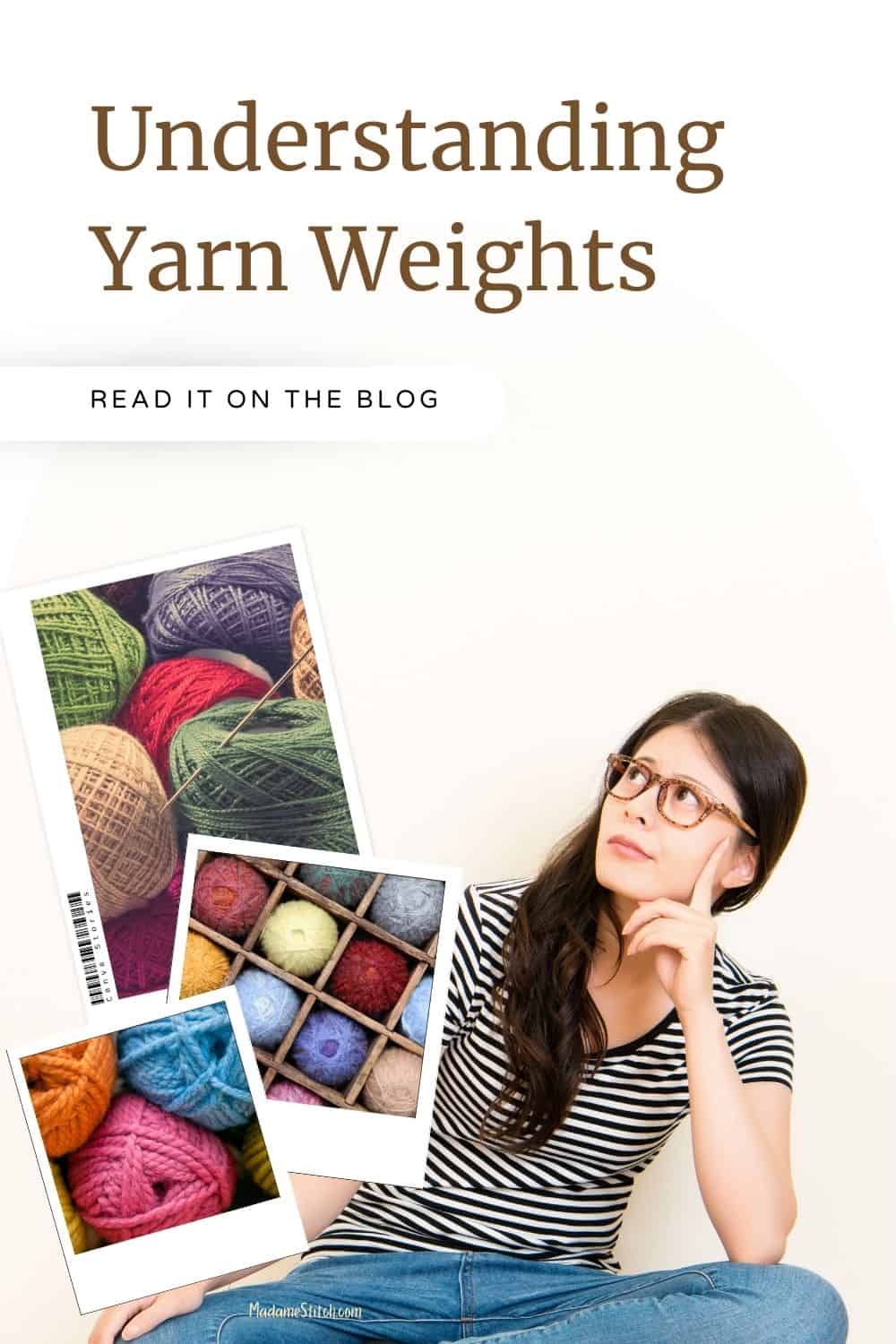
Knowing the standards for the different yarn weights means you can make a more informed choice when it comes to choosing yarns for your crochet projects or making substitutions for ones called for in the pattern.
Now that you know what yarn weight is, let’s look at why it’s important.
Why are yarn weights important?
Having a standard yarn weight system is important for a number of reasons:
- For those who make and produce the yarn, the system creates consistency.
- Designers are better able to tell you, the maker, what yarn to use so that finished object looks just like the designer’s.
- For makers like you, it helps you make informed decisions when choosing yarn.
Understanding the standard yarn weight system is important because you’ll have a good idea of how the yarn will behave in your crochet project. If you choose a weight that’s just not right for the project you’re about to make, your finished object may be the wrong size or have an entirely different texture than the one intended by the designer. Nobody wants that, do they?!
Understanding the difference in yarn weights and picking the right weight for a particular project means you’ll have a finished object you can use, not one that ends up in the donation pile!
“My doctor says I need to lift more weights. I say bulky weight will work just fine!”
Unknown
How is yarn weight measured?
Look at the yarn label.
One way to tell the weight of a yarn is to look at the yarn label. Most of the time you’ll find a picture of a skein of yarn with a number on it. Plus, the label will probably tell you what category that yarn falls into: DK, worsted, fingering, etc.
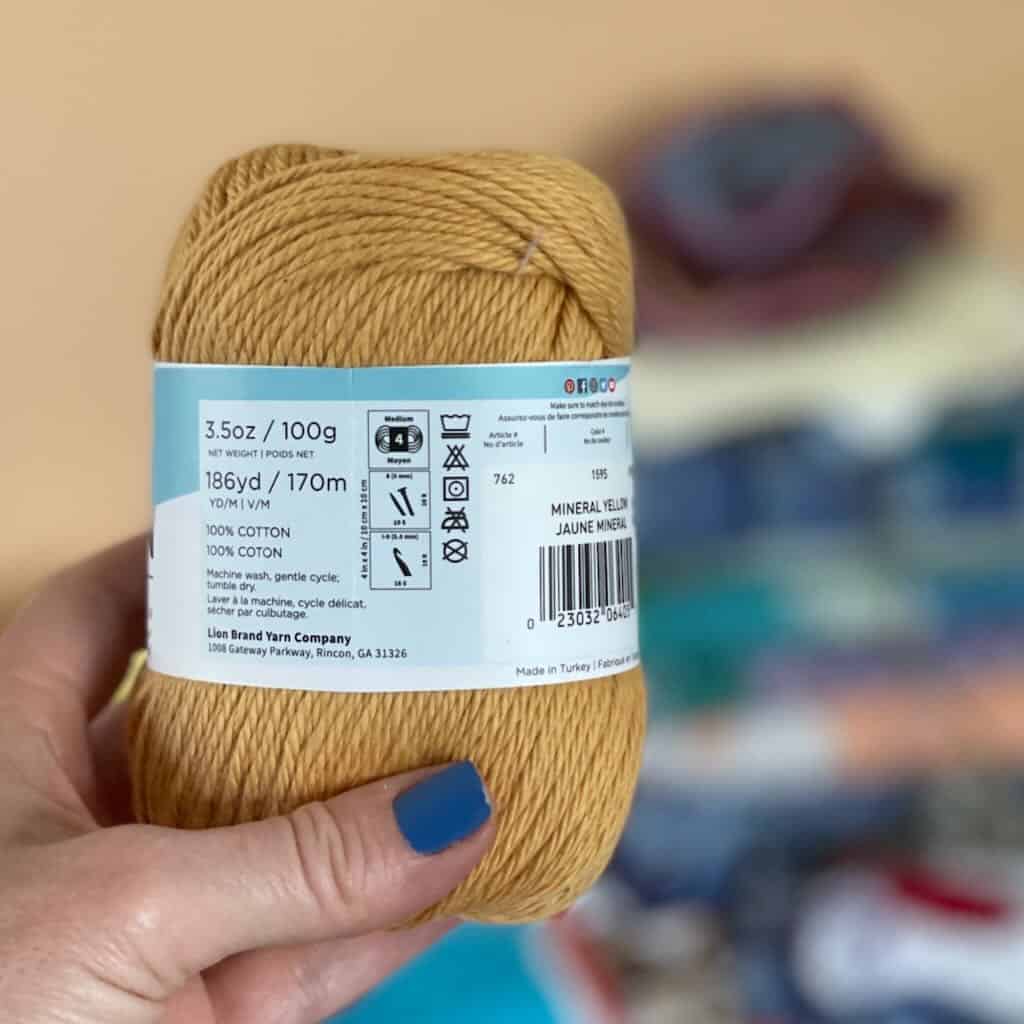
You see on the label an icon of a skein of yarn with a number in it. We’ll get to the explanation of that icon in a hot second. For now, let’s talk about something else you can do to figure out the yarn’s weight.
Another way to determine the weight of your yarn is wraps per inch. This is particularly useful if the label on your yarn doesn’t have that handy icon or you’ve got a stash full of label-less yarns like I do.
Wraps per inch (WPI) is a simple trick you can use to find the yarn weight without any special tools. All you need is the yarn, something to wrap it around and something to measure it with.
Wraps per inch – a photo tutorial
Here’s what you need:
- The yarn you want to measure
- Something to wrap it around – a pencil or ruler will work
- If you don’t use a ruler to wrap the yarn around, you’ll need one to measure the wraps.
Step 1: Hold the end of the yarn securely behind the ruler. Line it up at the 2” mark.
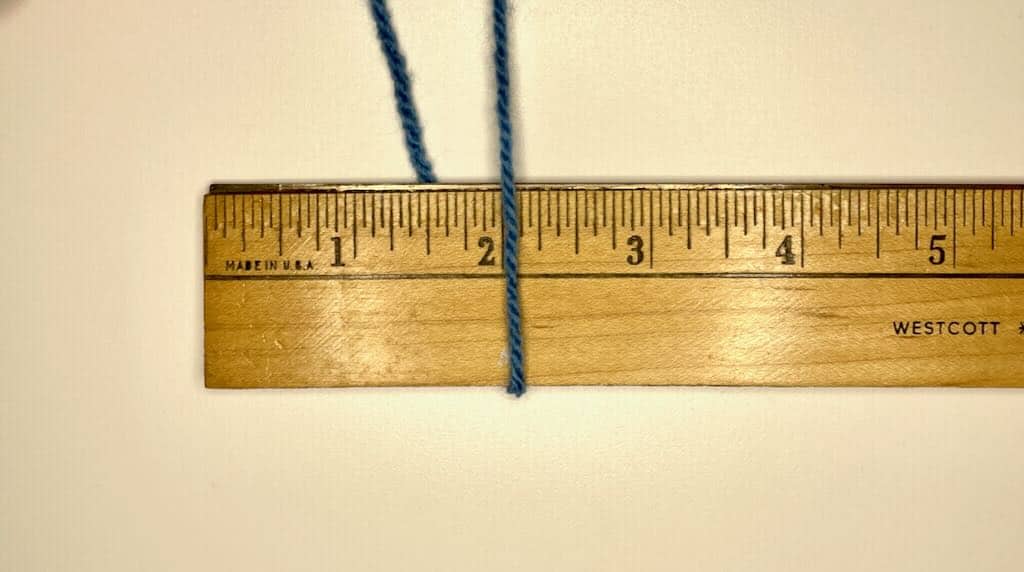
Step 2: Wrap the yarn around the ruler with each strand close to the one before. Try not to wind too tightly.
Step 3: When you reach the 3″ mark on the ruler, stop wrapping.
Step 4: Adjust the strands so they are as close together as possible without being too tight or overlapping.
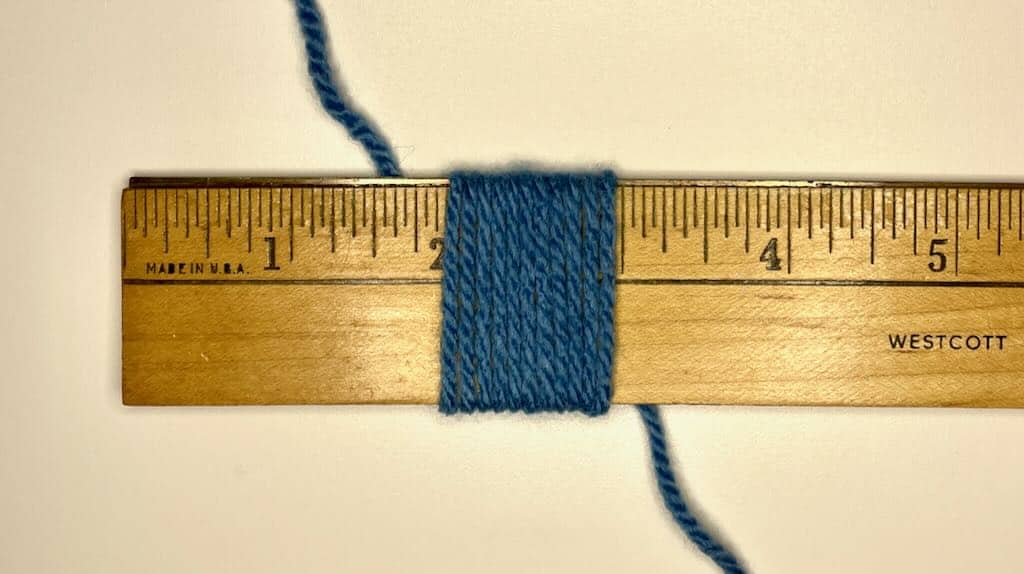
Step 5: Count the number of strands between the 2″ and 3″ mark on the ruler. Compare this number to the chart below to determine the weight of your yarn.
In this case, I have 11 wraps in that inch. According to the chart below, this a worsted weight yarn.

What are yarn weight categories?
It’s time to talk about the categories. Check out the chart below.
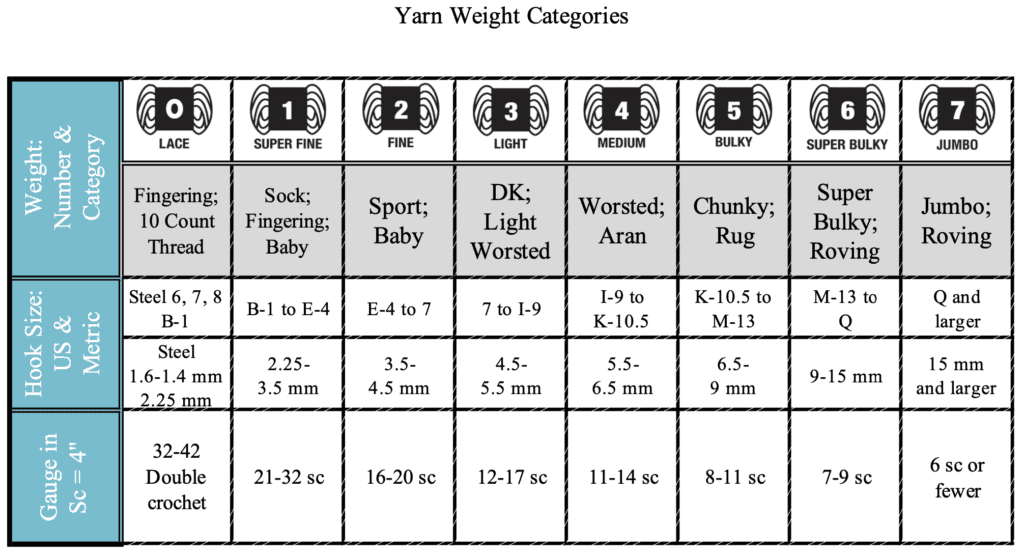
Each number and category in the chart above represents a range of thickness. Here’s an example of what that means:
Take worsted weight #4 for example. Within that category you could have a light worsted that’s pretty close to a DK weight on the lower end of the range. Or, you could have an aran weight that’s usually the thickest within this category.
Keep in mind that this range of thickness can affect the size of your finished object and can make it difficult to create a gauge swatch that matches what the designer has indicated in the pattern. Pay attention to where in the range of a category your yarn falls and be sure you work that gauge swatch until it matches.
The chart above also lists a range of crochet hook sizes that work with the categories. It also includes a sample gauge for each weight.
Remember, the Standard Yarn Weight System gets you in the ball park but you will still need to do a gauge swatch to be sure the yarn you’re using will get you the finished object you want.
The information in the chart is really helpful for figuring out exactly what a designer wants in her pattern. It also gives you information you can use to make the yarn choice that’s right for your next project.
In this great article by Toni of TL Yarn Crafts, you’ll find a detailed description of each category.
Designs to put your new-found knowledge about yarn weights to good use
Now that you have a good understanding of yarn weights, use that knowledge to choose some beautiful yarns for the projects below. You’ll find all of them free on the blog and available in my shops.
Have fun!


